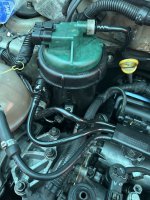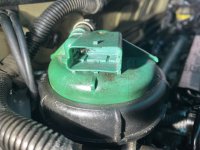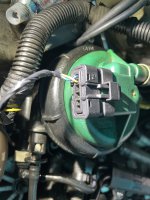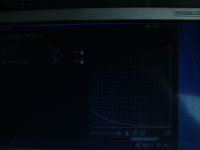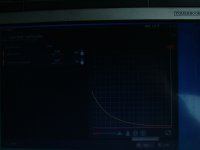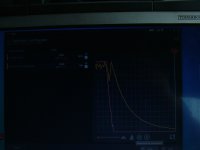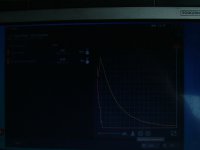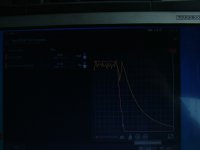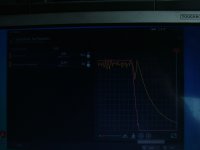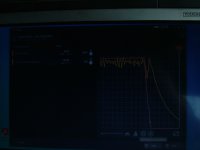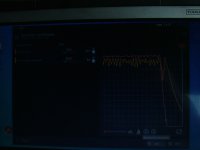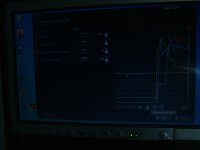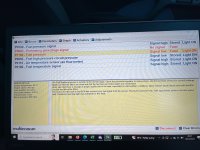No idea
However it works like this, according to fiat
FUEL TEMPERATURE CONTROL
With the temperature of the fuel at 80°C measured by the sensor in the diesel filter, the control unit operates the pressure regulator to reduce the line pressure and, if this is not enough, to also reduce the amount of fuel injected.
When you get your OBD scanner working
Battery voltage
Target Diesel pressure
Measured Diesel pressure
Atmospheric pressure
Engine rpm
Engine coolant temperature
Would be helpful
What I noticed using the MaxiECU tool was that during the short period it ran, watching target fuel pressure and measured fuel pressure, the figures were comparable with other vehicles I have tested, roughly 5-10 bar difference/lag in matching revs.
One other thing was, when engine died , fuel pressure dropped instantly, which I believe according to some data on other vehicles I have read, should not be the case, more progressive fall at the common rail.
From memory on this one it fell to the figure that showed with ignition on/engine off prior to test of approx. 7 Bar.
I don't claim to have the knowledge of a diesel specialist but feel that either a signal to the fuel regulator or a blockage at the regulator valve would have that instant affect rather than a signal from a temp. sensor on the fuel filter, but I would be happy to be proved wrong as I understand Dave was intending to replace that "UFI" type filter anyway
Further to this I have just gone to my 2010 Fiat Doblo 1.6 MJ and confirmed my thoughts regarding pressure drop on ignition turning off.
In my as usual poor photos it should be possible to read the rail pressure and tapering down once engine off but ignition still on. If photos blown up it is possible to read the pressures although some are in reverse order, just to confuse further



